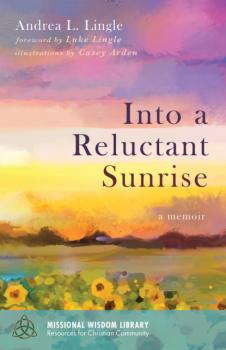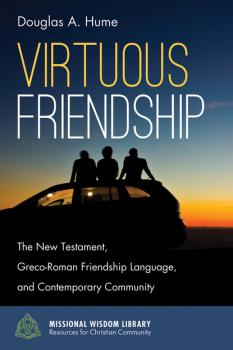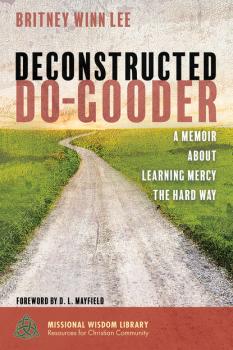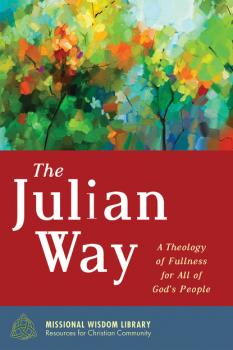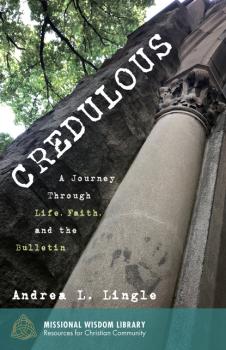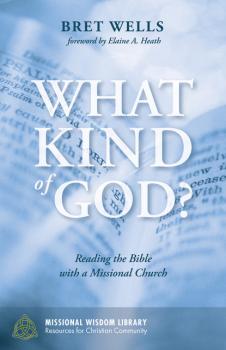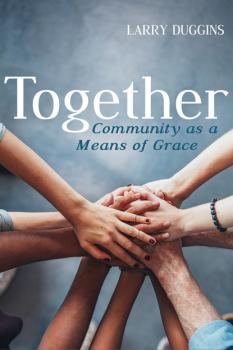ТОП просматриваемых книг сайта:
Missional Wisdom Library: Resources for Christian Community
Скачать книги из серии Missional Wisdom Library: Resources for Christian CommunityInto a Reluctant Sunrise - Andrea L. Lingle
Missional Wisdom Library: Resources for Christian CommunityАннотация
Информация о книге
Автор произведения Andrea L. Lingle
Жанр Биографии и Мемуары
Серия Missional Wisdom Library: Resources for Christian Community
Missional. Monastic. Mainline. - Larry Duggins
Missional Wisdom Library: Resources for Christian CommunityАннотация
Информация о книге
Автор произведения Larry Duggins
Жанр Документальная литература
Серия Missional Wisdom Library: Resources for Christian Community
Аннотация
Информация о книге
Автор произведения Douglas A. Hume
Жанр Религия: прочее
Серия Missional Wisdom Library: Resources for Christian Community
Deconstructed Do-Gooder - Britney Winn Lee
Missional Wisdom Library: Resources for Christian CommunityАннотация
Информация о книге
Автор произведения Britney Winn Lee
Жанр Биографии и Мемуары
Серия Missional Wisdom Library: Resources for Christian Community
Аннотация
This books brings together an account of the history of disability civil rights, beginning in the early twentieth century and evolving to the present day. It takes a look at some of the foremost theologians in Christian history as seen through the lens of disability theology, in order to help the reader gain an understanding of a diverse, unique, and ever-evolving culture.
According to the CDC, as of 2015 approximately 53 million Americans live with some form of disability. This book attempts to offer a new way forward for the church to engage with this incredibly diverse, unique, and wonderful culture by offering first a brief introduction to the history of disability civil rights to allow the reader to understand and experience how many of the trends and forces that shape civil rights on a broad national level were present from the very beginning within the disabled community and the movement towards the ADA. Then, by exploring some of the greatest theologians in the history of the church, this book hopes to illuminate the ways in which the church has served those with disabilities well, and in many cases not so well, throughout its history. Finally, the book will close with a hopeful, optimistic, and yet practical way forward rooted in the concepts of hospitality, community, and mutuality that we call the Julian Way.
Информация о книге
Автор произведения Justin Hancock
Жанр Религия: прочее
Серия Missional Wisdom Library: Resources for Christian Community
Аннотация
Информация о книге
Автор произведения Andrea L. Lingle
Жанр Религия: прочее
Серия Missional Wisdom Library: Resources for Christian Community
Аннотация
Информация о книге
Автор произведения Bret Wells
Жанр Религия: прочее
Серия Missional Wisdom Library: Resources for Christian Community
Аннотация
Информация о книге
Автор произведения Larry Duggins
Жанр Религия: прочее
Серия Missional Wisdom Library: Resources for Christian Community
Аннотация
Информация о книге
Автор произведения Larry Duggins
Жанр Религия: прочее
Серия Missional Wisdom Library: Resources for Christian Community

